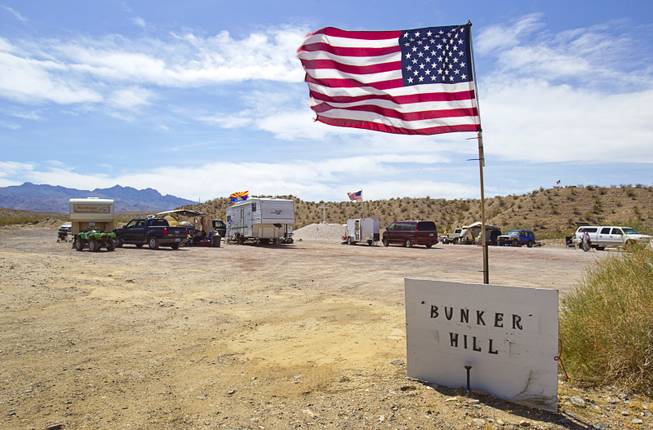When I was a child growing up in Kirkwood Baptist Church in Atlanta, Georgia, I was fascinated by three works of Atlanta public art:
The Cyclorama [and Civil War Museum at Grant Park] next to the Atlanta Zoo, is a 358 foot wide and 42 foot tall painting of the Battle of Atlanta, July 1864, the largest painting in the world – longer than a football field and taller than a four-story building. German artists painted it in Milwaukee, Wisconsin, in 1886, but in my lifetime it was permanently located in Atlanta. I was told a diorama was added in 1936, giving it a three-dimensional foreground. I remember it being restored in 1979 – 1982. It is the single most impressive painting I have ever seen, and I have seen hundreds of great paintings.
I grew up near Stone Mountain, the largest bas-relief sculpture in the world, much larger than Mount Rushmore, and the most popular tourist spot in Georgia. It is 90 by 190 feet, recessed 42 feet into the mountain. In 1916, it was conceived by the United Daughters of the Confederacy, and officially completed in 1972. Since it is carved in granite, it will last longer than any other achievement by human beings. In other words, when all the buildings, bridges, dams and engineering feats of the human race fall into ruin and dust, the granite carvings of Robert E. Lee, Jefferson Davis, and Stonewall Jackson will endure. It is fitting, I think, that the greatest ideas and the noblest heroism should be remembered in the most enduring monuments.
I learned early in my childhood that Robert E. Lee and Stonewall Jackson fought to preserve the values of men like George Washington and Thomas Jefferson – who created a culture of the soil based on inalienable rights and true learning. Robert E. Lee and Stonewall Jackson led in the fight for the American Republic of George Washington and Thomas Jefferson: for self-government and fair taxation among free and independent states. They fought with bullets.
More @ The Abbeville Institute

